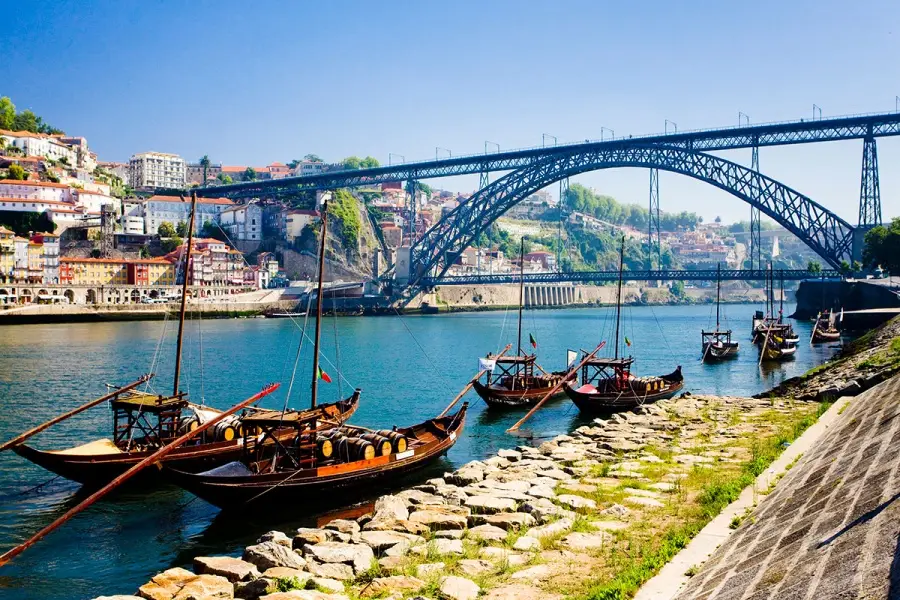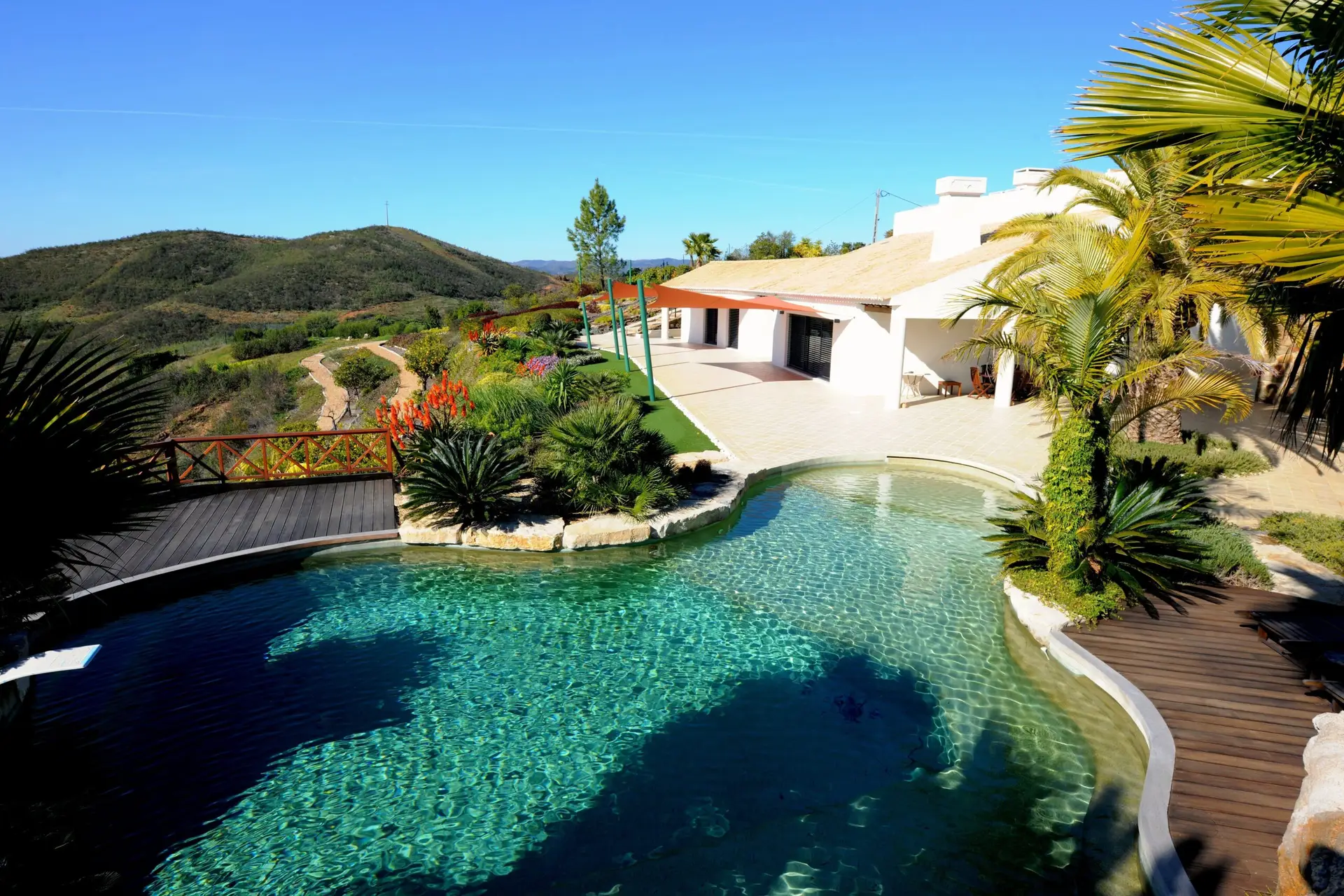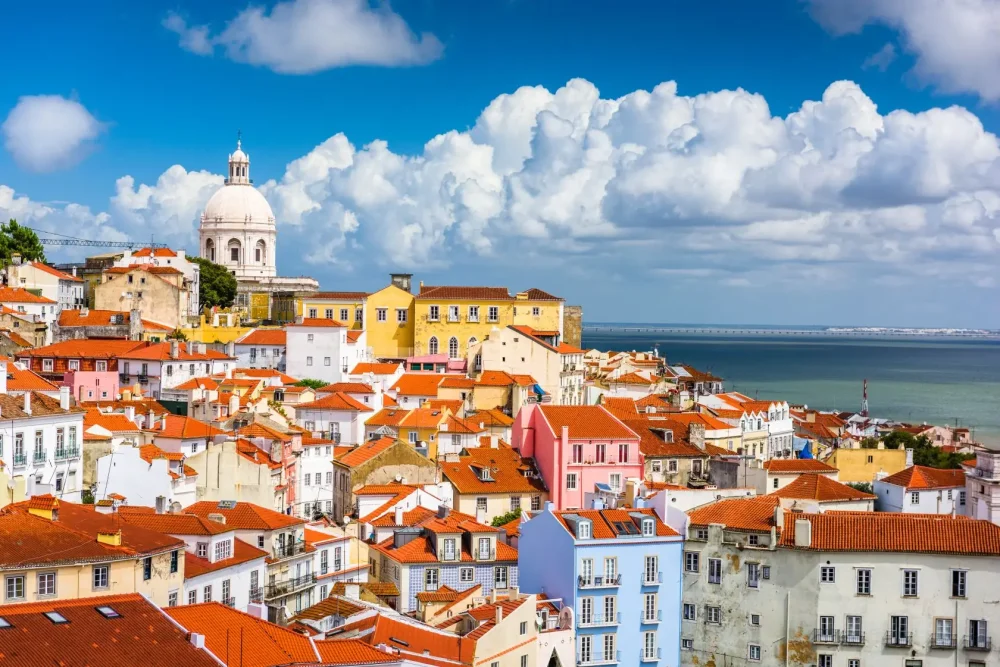Immigration requires not only a desire, but also an understanding of the legal situation. It is at this stage that the key differences between a residence permit and permanent residence are revealed. A mistake at the start leads to limitations, lengthy procedures, and difficult integration. Therefore, choosing the right status affects the comfort, stability and prospects of living abroad.
Portugal, Spain, the Netherlands, Germany — each country offers different conditions. But the basis is the same: status determines the level of freedom and the depth of rights. It’s easy to leave without understanding the nuances. To gain a foothold is not.
Status as a tool: what distinguishes a residence permit and permanent residence
The logic of “both give the right to live” does not work here. The differences between a residence permit and permanent residence are in the legal structure. A temporary format always means dependency. From the contract, from the employer, from the educational institution, from income. Permanent residence is the final point of stability: it requires no explanation, allows freedom of movement, change of employment, and business development. The status is issued as indefinite, while the temporary permit (residence permit) is linked to the term and the basis.
Legal differences: limitations and opportunities
 The decision in favor of one of the two statuses determines not only the route of legalization, but also the daily level of freedom. The differences between a residence permit and permanent residence are expressed in the powers that a person receives in a new country. Rights, access to systems, and the degree of government control — each of these parameters directly depends on the chosen residence format.
The decision in favor of one of the two statuses determines not only the route of legalization, but also the daily level of freedom. The differences between a residence permit and permanent residence are expressed in the powers that a person receives in a new country. Rights, access to systems, and the degree of government control — each of these parameters directly depends on the chosen residence format.
Periodic review and renewal
Permanent residence is exempt from regular confirmation of grounds. After obtaining a permanent residence permit, it is not necessary to explain why a person remains in the country, what he does and how successfully he conducts his business. Every few years, the document is only updated without the need to collect evidence of employment, rent or contracts.
Residence permit requires constant monitoring. Each renewal cycle is a package of documents, including a contract of employment, income certificates, insurance, and tax statements. In case of changes (relocation, job loss, change of educational institution), the status may be at risk.
The right to work and change of activity
Permanent residence allows you to change your profession, employer, or employment without requesting a modification permit. An entrepreneur with a permanent status can simultaneously run a business, work for hire and invest. A residence permit strictly limits the scope of employment. For example, a student residence permit prohibits working over the allowed hours limit. A worker’s residence permit is linked to a specific position. An attempt to change employers requires a new application, sometimes from scratch, including the time frame for consideration and admission to work.

Real estate: differences between a residence permit and permanent residence
Permanent residence provides access to full ownership of real estate. The purchase of land, facilities for rent or reconstruction takes place without restrictions. In many countries, participation in mortgage programs without increased interest rates is also allowed. A residence permit limits these possibilities. It is often allowed to purchase only housing for personal living. Registration of investment or commercial real estate requires separate permits, and such cases take longer to be considered, sometimes rejected.

Freedom of movement within the country
Permanent residence removes barriers. A citizen with a permanent residence permit has the right to live in any city or region of the country without notifying the authorities, even if it is a question of closed administrative zones. A residence permit records a specific place of residence. In case of relocation, a notification or even an update of the permit is required. This rule is applied especially rigidly in countries with a regional registration system (for example, in Portugal and Spain).
Social programs and medical care
Permanent residence provides full access to healthcare, education, housing, compensation, and preferential programs. A person receives the same amount of assistance as citizens. Connecting to a family doctor, admission to public schools, compensation for rent or utility bills are all included in the basic capabilities.
The residence permit either cuts off such options or makes them paid. Insurance is partially valid, visits to doctors are often not compensated, and access to schools or universities requires additional payment. Many benefits are granted only with a certain type of visa and may be cancelled if conditions change.
Participation in resident programs
Permanent residence permits participation in national employment, adaptation, integration, and training programs. Access is also available to grants, allowances, retraining courses and partial tax compensation. The residence permit practically does not affect these initiatives. Even participation in language courses or career development programs requires individual approval, especially if they are funded by the state.
Conditions for obtaining: differences between a residence permit and permanent residence
The path to permanent residence is being built gradually. First, you need to obtain a residence permit, live in the country for 3 to 5 years, meet the conditions for income, absence of violations and integration. The requirements differ from country to country, but the general logic remains — first the temporary basis, then the right to permanence.
Comparative table of parameters:
| Parameter | Residence permit | PERMANENT residence |
|---|---|---|
| Validity period | Limited (1-5 years) | Indefinite |
| The need for an extension | Yes, with confirmation of the grounds | No, just updating the map |
| Access to government programs | Limited | Almost full |
| The right to change employers | Often limited | Freely |
| Accommodation in different regions | It’s not always possible | Without restrictions |
| The path to citizenship | It requires compliance with a number of conditions | It is the penultimate stage |
| Freedom of movement | Depends on the country | Wider |
| Income requirements | Tied to the base | Unified |
Differences between a residence permit and permanent residence: status solves more than it seems
 The difference between permanent residence and a residence permit is not only in the name, but in the degree of control over life. The first one gives you rights. The second is permission. In the long term, it is the differences between a residence permit and permanent residence that form the scenario: adaptation with a margin or constant struggle with restrictions. When choosing between temporary and permanent status, it is necessary to take into account not only current circumstances, but also future goals. The right start will save you years, save you from difficulties and accelerate the path to stability.
The difference between permanent residence and a residence permit is not only in the name, but in the degree of control over life. The first one gives you rights. The second is permission. In the long term, it is the differences between a residence permit and permanent residence that form the scenario: adaptation with a margin or constant struggle with restrictions. When choosing between temporary and permanent status, it is necessary to take into account not only current circumstances, but also future goals. The right start will save you years, save you from difficulties and accelerate the path to stability.
 en
en  ru
ru  de
de  ar
ar  es
es  nl
nl  hi
hi  fr
fr  it
it  pt
pt  el
el 











